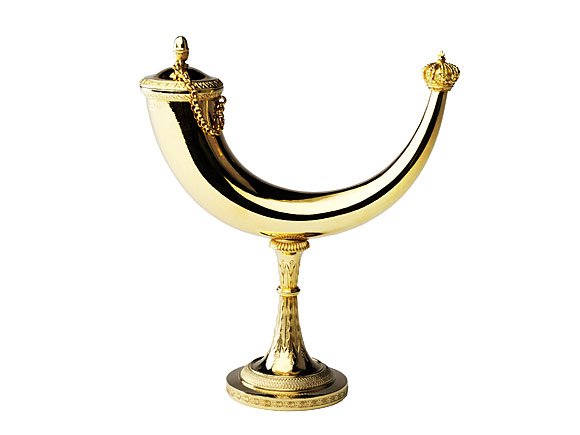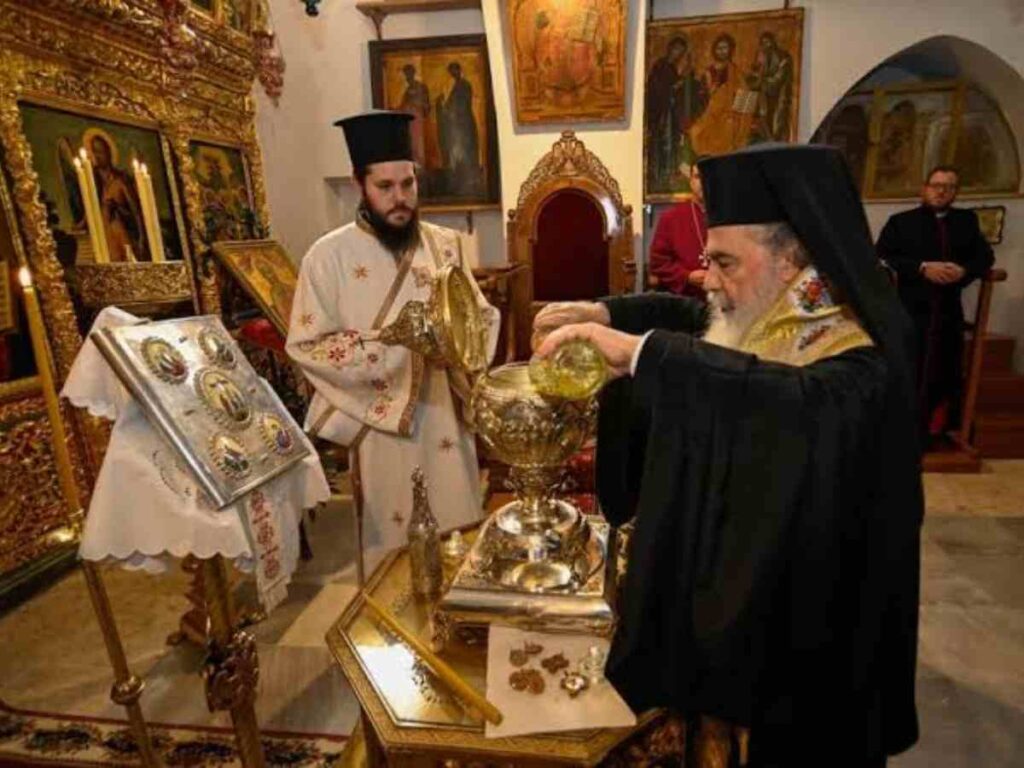Introduction
Anointment is a sacred and time-honored ritual that has been practiced across cultures and religions for centuries. This ceremonial act involves the application of oils, perfumes, or other substances to an individual’s body, symbolizing various meanings and serving diverse purposes. In this article, we will explore the history, significance, and modern practices of anointment, shedding light on how this ritual has evolved and continues to hold a special place in the hearts of many.

Historical Roots of Anointment
The practice of anointment dates back to ancient civilizations, including the Egyptians, Greeks, and Romans. These cultures believed in the healing and spiritual properties of oils and fragrances. In Egypt, anointment was not only a spiritual practice but also a part of everyday hygiene. They used perfumed oils to cleanse and moisturize the skin, and it was believed that the divine essence of the gods could be channeled through these anointing oils.
In the Christian tradition, anointment is an essential sacrament known as “Anointing of the Sick” or “Extreme Unction.” This ritual involves the application of holy oil to the sick or dying to provide spiritual comfort and healing. Similarly, the anointing of kings and queens with sacred oils has been a tradition in European monarchies, symbolizing their divine right to rule.
Significance of Anointment
Anointment holds deep symbolic and spiritual significance across various cultures and religions:
1. Spiritual Blessing: Anointment is often seen as a means of bestowing blessings and divine favor. The act of anointing is believed to make an individual sacred and consecrated.

2. Healing and Protection: Many cultures view anointment as a form of protection against illness or harm. The application of specific oils or substances is thought to ward off negative energies and promote well-being.
3. Initiation and Transition: Anointment is used to mark significant life events, such as births, marriages, and transitions to adulthood. It symbolizes a person’s entry into a new phase of life.
4. Connection to the Divine: In religious contexts, anointment is a way to connect with the divine. It signifies the presence of the sacred and can serve as a channel for spiritual experiences.
Modern Practices of Anointment
While the traditional rituals of anointment remain prevalent, the practice has also evolved in modern times:
1. Aromatherapy: Aromatherapy is a modern application of anointment, where essential oils are used for their therapeutic benefits. People use these oils for relaxation, stress relief, and overall well-being.
2. Massage Therapy: Massage therapists often use anointment with oils or lotions to enhance the massage experience. The oils can promote relaxation and relieve muscle tension.
3. Religious Ceremonies: Anointment is still an integral part of religious ceremonies in many faiths. It is performed during baptisms, confirmations, and ordinations as a sign of divine blessing.

4. Alternative Medicine: Some alternative medicine practices incorporate anointment with herbal oils or balms for healing purposes. This is often seen in holistic and natural healing traditions.
Conclusion
Anointment is a timeless ritual that bridges the gap between the spiritual and physical worlds. Its rich history and diverse cultural significance make it a fascinating aspect of human tradition. Whether used in religious ceremonies, personal well-being practices, or special life events, anointment continues to play a significant role in our lives, reminding us of the enduring power of ritual and symbolism.


